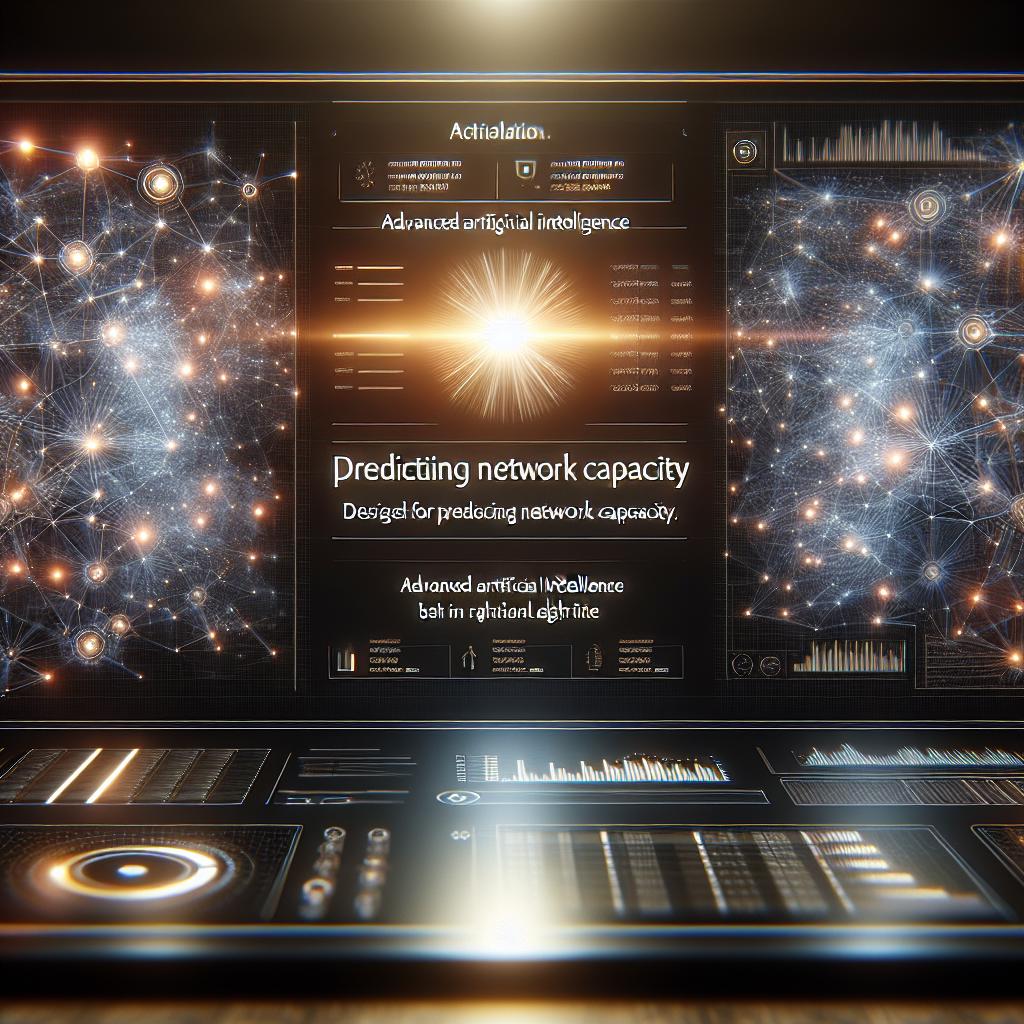In today’s fast-paced digital landscape, network monitoring is crucial for ensuring the reliability, security, and performance of IT infrastructures. As networks grow more complex, traditional monitoring methods are increasingly being supplemented or replaced by AI-driven solutions. Understanding the key differences between AI-based and traditional network monitoring can help organizations make informed decisions about their network management strategies.
Traditional Network Monitoring: An Overview
Traditional network monitoring typically relies on predefined rules, thresholds, and manual configurations. It involves tools that collect data from network devices such as routers, switches, firewalls, and servers, then analyze this data to detect issues like outages, latency, or bandwidth bottlenecks.
Characteristics of Traditional Monitoring
- Rule-Based Alerts: Alerts are triggered when specific thresholds are crossed (e.g., CPU usage exceeds 80%).
- Manual Configuration: Network administrators set up monitoring parameters and thresholds based on experience and historical data.
- Reactive Approach: Issues are often detected after they occur, requiring manual intervention to diagnose and resolve.
- Limited Contextual Analysis: Tools focus on individual metrics without correlating data across multiple sources.
- Periodic Data Collection: Data is often collected at fixed intervals, which may miss transient or subtle anomalies.
While traditional monitoring tools have been effective for decades, they face challenges in handling the scale and complexity of modern networks, especially with the rise of cloud computing, IoT, and hybrid environments.
AI-Powered Network Monitoring: A New Paradigm
AI-driven network monitoring leverages machine learning, data analytics, and automation to provide more intelligent, proactive, and adaptive network management.
Key Features of AI-Based Monitoring
- Anomaly Detection: AI models learn normal network behavior and can detect subtle deviations that may indicate emerging issues or security threats.
- Predictive Analytics: By analyzing historical and real-time data, AI can forecast potential problems before they impact users.
- Automated Root Cause Analysis: AI can correlate data from multiple sources to quickly identify the underlying cause of network issues.
- Adaptive Thresholds: Instead of static thresholds, AI dynamically adjusts alert parameters based on evolving network conditions.
- Continuous Learning: AI systems improve over time by learning from new data and feedback, enhancing accuracy and reducing false positives.
- Scalability: AI can handle vast amounts of data from diverse network components, making it suitable for large and complex environments.
Key Differences Between AI and Traditional Network Monitoring
| Aspect | Traditional Monitoring | AI-Powered Monitoring |
|---|
| Approach | Rule-based, static thresholds | Data-driven, adaptive learning |
| Alerting | Threshold breaches trigger alerts | Anomaly detection and predictive alerts |
| Data Analysis | Focus on individual metrics | Correlation across multiple data sources |
| Problem Detection | Reactive, after issues occur | Proactive, predicts and prevents issues |
| Configuration | Manual setup and tuning | Automated, self-adjusting |
| Handling Complexity | Limited scalability for complex networks | Designed for large-scale, heterogeneous networks |
| False Positives | Higher rate due to rigid thresholds | Reduced through intelligent filtering |
| Root Cause Analysis | Manual and time-consuming | Automated and faster |
| Learning Capability | None | Continuous learning and improvement |
Benefits of AI in Network Monitoring
- Improved Network Uptime: Early detection and prediction of issues reduce downtime.
- Enhanced Security: AI can identify unusual patterns indicative of cyber threats.
- Operational Efficiency: Automation reduces the workload on network teams.
- Better User Experience: Proactive management ensures smoother network performance.
- Cost Savings: Preventing outages and optimizing resources lowers operational costs.
Challenges and Considerations
While AI offers significant advantages, organizations should be mindful of:
- Initial Investment: Implementing AI solutions may require upfront costs and integration efforts.
- Data Quality: AI effectiveness depends on the quality and volume of data collected.
- Skill Requirements: Teams may need training to manage and interpret AI-driven insights.
- Trust and Transparency: Understanding AI decision-making processes is important for adoption.
Conclusion
AI-powered network monitoring represents a transformative shift from traditional methods, offering smarter, faster, and more scalable solutions to manage today’s complex networks. By embracing AI, organizations can move from reactive troubleshooting to proactive network management, enhancing reliability, security, and overall performance. However, successful adoption requires careful planning, quality data, and skilled personnel to fully realize the benefits of AI in network monitoring.



